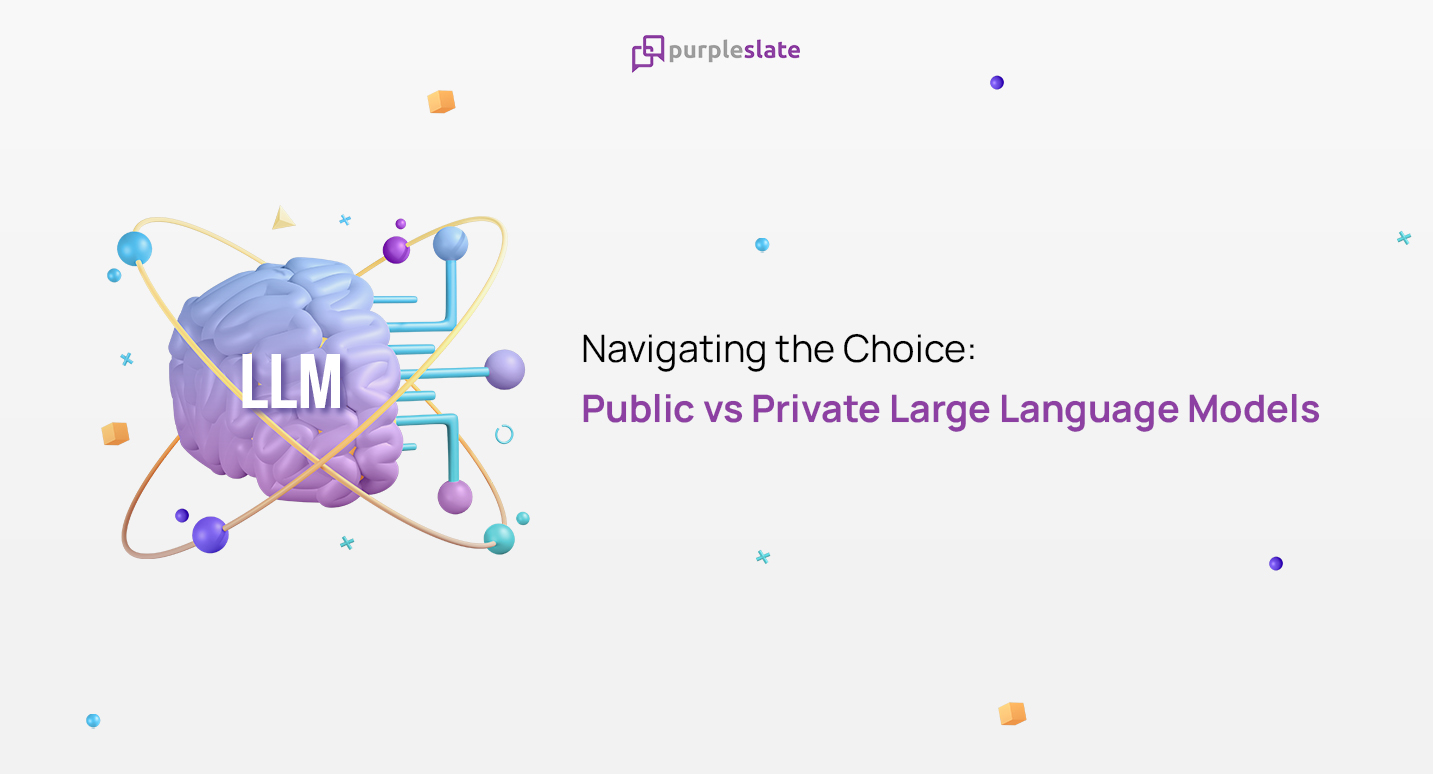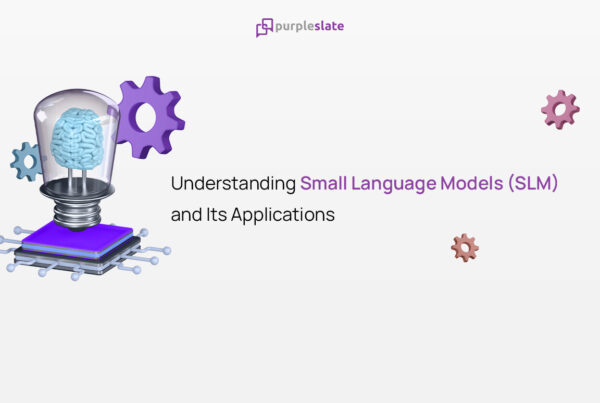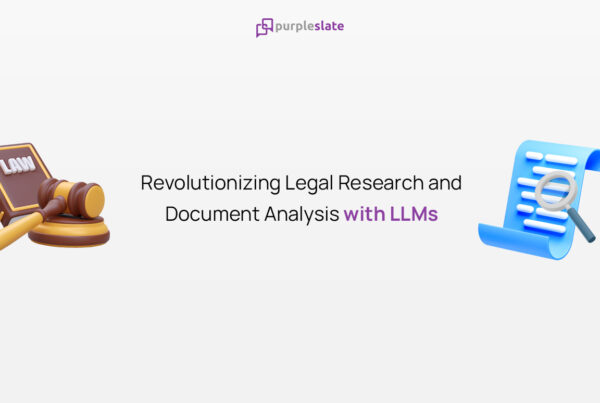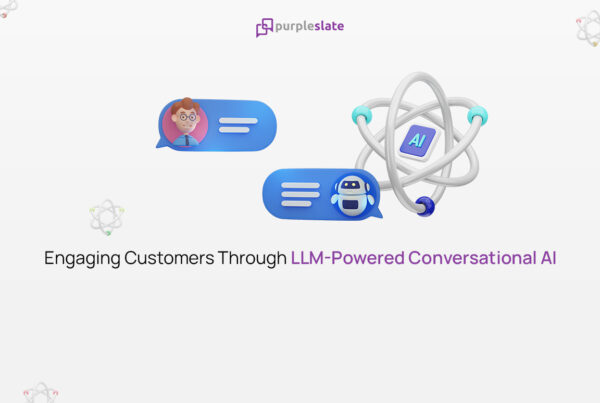
Introduction
In today’s digital landscape, the utilization of Large Language Models (LLMs) has become ubiquitous across various industries. Whether it’s for natural language processing tasks, generating content, or powering smart virtual assistants, LLMs have revolutionized the way we interact with technology. However, when it comes to implementing these models, one crucial decision that organizations must make is whether to opt for public or private LLMs. Each option comes with its own set of advantages and challenges, and understanding the differences between them is essential for making informed decisions. Let’s explore this choice together, uncovering the nuances, challenges, and benefits associated with each option.
Understanding Public and Private Large Language Models
Public LLMs
Public LLMs, such as GPT (Generative Pre-trained Transformer) models, are developed and maintained by organizations like OpenAI, Google, and Microsoft. These models are accessible to the general public via APIs or pre-trained models, allowing users to leverage their capabilities for various tasks like text summarization, generation and sentiment analysis.
Private LLMs
Private LLMs, on the other hand, are customized models developed for specific organizations or individuals. These models are trained on proprietary data and tailored to meet the unique requirements and objectives of the entity utilizing them. Private LLMs offer greater control over data privacy, model customization, and fine-tuning compared to their public counterparts.
Key Considerations in Choosing Between Public and Private LLMs
Customization and Flexibility
Public LLMs come with predefined architectures and parameters, limiting customization options for users. In contrast, private LLMs offer organizations the flexibility to tailor models according to their specific needs, incorporating domain-specific knowledge and fine-tuning parameters for optimal performance.
Data Privacy and Security
Utilizing public LLMs may raise concerns about data privacy and security, as organizations must share their data with third-party providers for model training and inference. Private LLMs mitigate these concerns by allowing organizations to retain full control over their data and infrastructure, ensuring compliance with regulatory requirements and minimizing the risk of data breaches.
Scalability and Performance
Public LLMs may face scalability challenges during peak usage periods, leading to latency issues and reduced performance. Private LLMs can be optimized for scalability, enabling organizations to deploy models on dedicated infrastructure tailored to their workload requirements and performance expectations.
Cost Considerations
While public LLMs offer accessibility and affordability through pay-per-use pricing models, the long-term costs of utilizing these models can accumulate significantly, especially for organizations with high-volume text processing needs. Private LLMs may involve higher upfront costs for model development and infrastructure setup but can offer cost savings in the long run, particularly for organizations with consistent and predictable workloads.
Regulatory Compliance
Organizations operating in regulated industries, such as healthcare, finance, and legal, must comply with stringent data privacy and security regulations. Public LLMs may pose compliance challenges due to data sharing requirements, whereas private LLMs provide greater control over compliance measures, ensuring adherence to industry standards and regulations.
Integration and Support
Integrating LLMs into existing workflows and systems requires careful planning and coordination. Public LLM providers typically offer robust documentation, support services, and community forums to assist users with integration and troubleshooting. Private LLMs may require additional resources and expertise for deployment and maintenance but offer greater control over support processes and service-level agreements (SLAs).
Long-term Strategy
When evaluating the choice between public and private LLMs, organizations must consider their long-term strategic goals and objectives. Public LLMs may provide immediate access to state-of-the-art AI capabilities but may not align with organizations’ evolving needs and priorities over time. Private LLMs offer the flexibility to adapt to changing requirements and scale alongside organizational growth and innovation.
The Pain Points of Choosing Public and Private LLMs
Public LLMs
Limited Customization
Public LLMs come with predefined architectures and parameters, limiting the extent to which users can customize them for specific tasks or domains. This lack of flexibility may hinder performance in specialized use cases requiring fine-tuned models.
Data Privacy Concerns
Utilizing public LLMs entails sharing data with third-party providers, raising concerns about data privacy and security. Organizations dealing with sensitive or proprietary information may be reluctant to entrust their data to external entities, even if anonymization measures are in place.
Scalability Challenges
As public LLMs are accessible to a broad user base, scalability issues may arise during peak usage periods, leading to latency issues and reduced performance. Organizations with high-volume text processing requirements may find it challenging to maintain optimal performance with public LLMs.
Dependency on External Providers
Relying on public LLM providers for ongoing support and updates can introduce dependencies that may disrupt operations if the provider alters pricing, service offerings, or access policies. Organizations seeking greater autonomy and control over their AI infrastructure may perceive this dependence as a risk factor.
Private LLMs
High Development Costs
Developing and maintaining private LLMs can be resource-intensive, requiring significant investment in research, infrastructure, and talent.
Data Requirements
Private LLMs rely on vast amounts of high-quality data for training, which may be difficult or costly to acquire, especially for smaller organizations.
Integration Challenges
Integrating private LLMs into existing workflows and systems can be complex and time-consuming, requiring expertise in machine learning and software engineering.
Advantages of Using Public and Private LLMs
Public LLMs
Accessibility
Public LLMs are readily available for experimentation, research, and development without the need for upfront investment.
Community Support
Public LLMs often benefit from a large community of developers and researchers who contribute to improvements, share resources, and provide support.
State-of-the-Art Performance
Public LLMs developed by leading tech companies are at the forefront of innovation and continuously updated with the latest advancements in machine learning.
Private LLMs
Customization and Fine-tuning
Private LLMs enable organizations to tailor models according to their specific requirements, incorporating domain-specific LLMs knowledge and fine-tuning parameters to optimize performance for targeted tasks. This level of customization enhances model accuracy and relevance in specialized domains.
Enhanced Data Privacy
By leveraging private LLMs, organizations retain full control over their data, mitigating privacy concerns associated with sharing sensitive information with external parties. This control over data access and usage aligns with regulatory requirements and enhances trust among stakeholders.
Scalability and Performance Optimization
Private LLMs can be optimized for scalability, ensuring consistent performance and responsiveness even under high-volume workloads. Organizations can deploy these models on dedicated infrastructure tailored to their needs, minimizing latency and maximizing throughput.
Autonomy and Flexibility
Employing private LLMs grants organizations greater autonomy and flexibility in managing their AI initiatives. From model development and deployment to maintenance and updates, organizations have the freedom to adapt strategies and workflows according to their evolving needs and priorities.
Conclusion
Choosing between public and private LLMs is a multifaceted decision that requires careful consideration of various factors, including customization requirements, data privacy concerns, scalability considerations, cost implications, regulatory compliance, integration needs, and long-term strategic goals. By thoroughly evaluating these factors and aligning them with organizational priorities and constraints, stakeholders can make informed decisions to leverage LLMs effectively and responsibly in their endeavors. Whether opting for the accessibility of public models or the control and customization of private models, the ultimate goal remains the same: harnessing the power of language models to drive innovation, efficiency, and value in an increasingly data-driven world.




